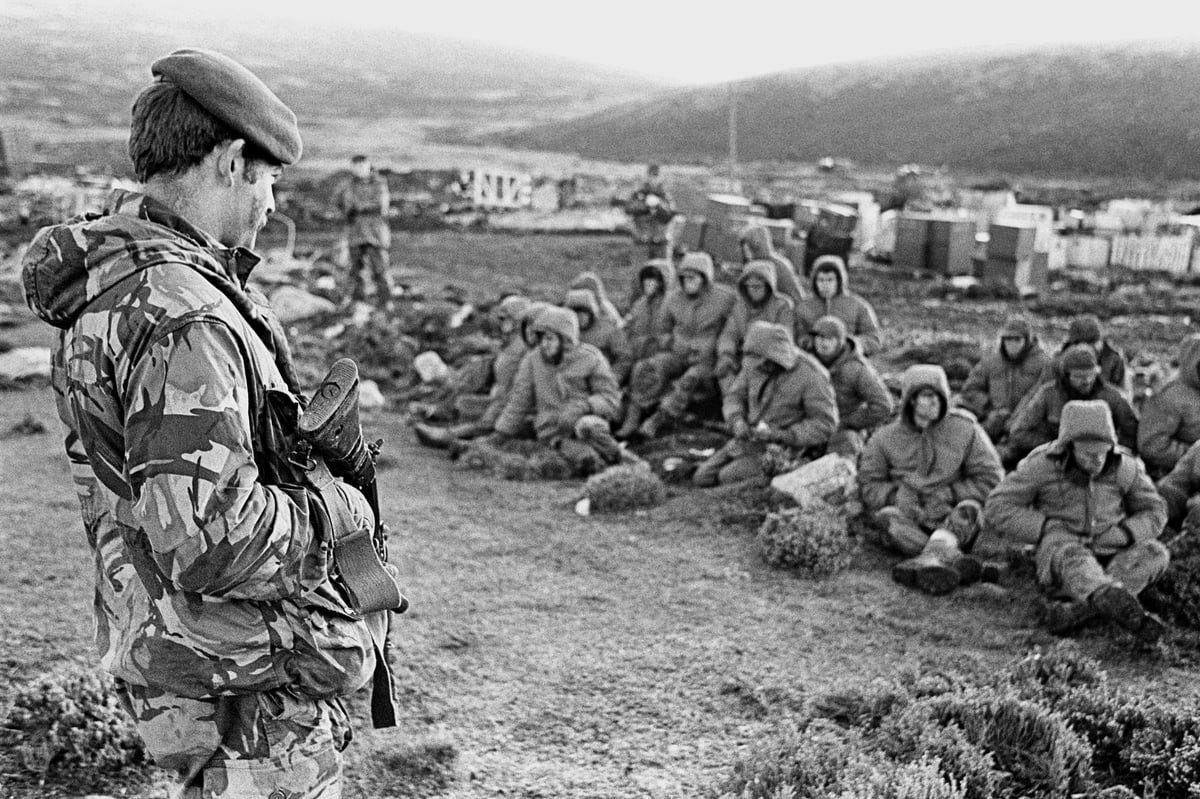Day 56 - One of my favorite stories from Turning Feral had nothing to do with a near-death experience in the woods, or about an animal I was targeting to hunt or trap. No, my favorite story was one that was told second hand through a visiting preacher at our little church in the woods.
It was a true tale about a family living in Canada in the early 80’s who were overwhelmed by the continued global threat of nuclear war. They were so consumed by media narratives that they truly believed the world would collapse at any moment and their family would be obliterated at worst, or at best would have to live out their days in a drab nuclear winter. They began to prepare foodstuff, dig bomb shelters, and follow other a-typical preparation protocols, but eventually they felt it wasn’t enough. So through well-meaning research they discovered that a little set off islands off the coast of Argentina was “the most safe place to live in the event of nuclear war.”
Without much fanfare, the family uprooted from Canada and made the long journey to the desolate Falkland Islands to live on a farm, far from the threat of war. Yet, as anyone with a penchant for military history knows, those islands would be the location of one of the larger military conflicts in modern history. In April 1982, Argentinian forces would invade those British-owned islands and kickoff a 72+ day war that saw many lives taken and the eventual burning of this families farm.
The moral(s) of this story? First, none of us can ever fully prepare for the worst case scenario. And second, rabid consumption of doom-media can lead to rash decision making that is often not rooted in proper threat assessment.
This family prepared from a place of fear and moved across the world in hopes to avoid war, only to have war show right up on their doorstep. Bad luck or predestination may have been at play here, but the moral of this story still remains – we don’t know what’s coming for us and operating from a place of existential fear is not great grounds for solid decision making. So, if you are stuck in suburbia like I was and are fearing the state of the world, don’t make rash decisions based on that fear. Take time to logically think through what that fear is based on and make the appropriate preparations to mitigate for that eventuality.
Daily Prompt: How has today’s instantaneous media consumption affected your thoughts on self-sustainability? Has it fueled your desire to be prepared? If so, has some of that media caused you to make rash decisions that ended poorly?:
Motivational Passage:
“We have sailed to close to shore; having fallen in love with life, we have lost our thirst for the waters of life.”
-Sir Francis Drake (English Explorer)
Rewilding Action: Speaking of worst case scenarios, one of the best tools to have in the event of a cataclysmic event are radios. I think of these across three different types. The first and most basic are line-of-sight radios. Ya know, the kind that you can pick up at Walmart or bass pro shop? These usually run off of AA batteries and are great for short distance communication and only work up to a mile or so away, and are easily blocked by terrain features. The other two options are UHF and VHF radios which work off of nearby towers. These are the radios you would hear local emergency services use to communicate across counties and are way more robust. You can buy these types of radios through Amazon, etc., but in order to use them (legally) you need to obtain your HAM radio license.




